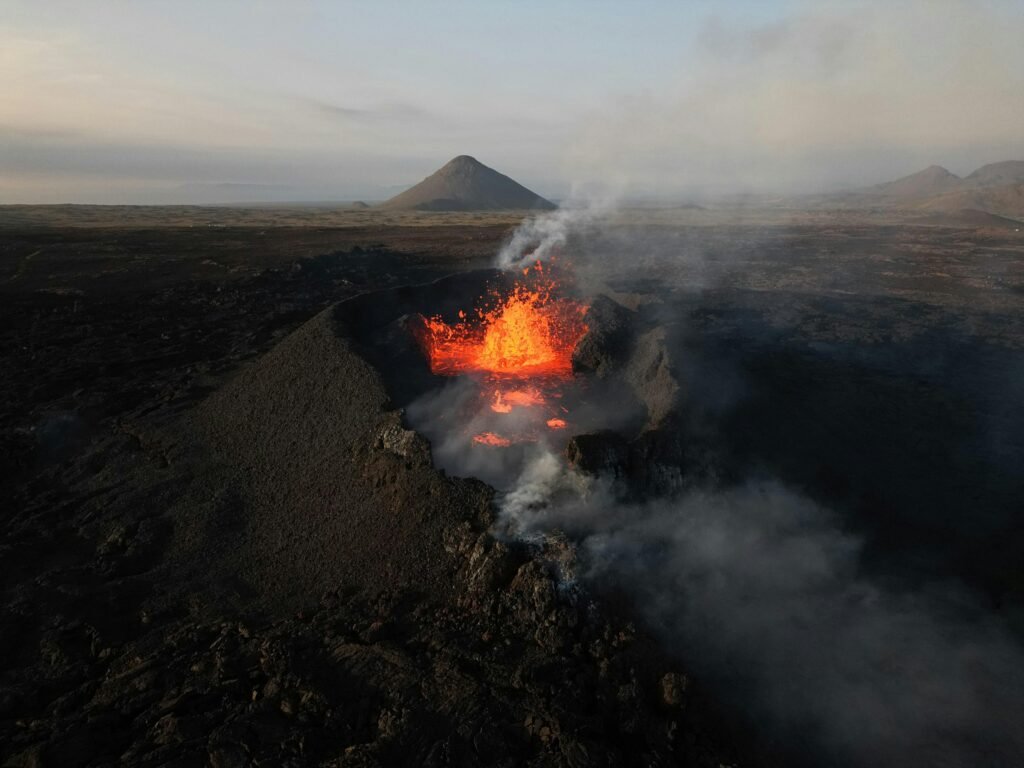
The Earth breathes fire.
Beneath its crust, molten rock moves in slow motion — a silent, luminous river of creation. Every eruption, every plume of smoke, is not just destruction, but renewal. The volcano is both a wound and a heartbeat.
Inside this immense system of heat and pressure, something extraordinary happens. Elements fuse, gases react, and minerals are born. Sulfur, copper, and gold crystallize along the veins of volcanic rock, forming the building blocks of modern civilization. The very metals that shape our cities, power our devices, and conduct our electricity are forged in the furnace of the planet.
Mining near a volcano is a paradox of courage and danger.
Workers move through landscapes of ash and steam, harvesting the planet’s most volatile gifts. In places like Kawah Ijen in Indonesia or Mount Etna in Italy, miners collect sulfur that condenses from volcanic gases — glowing yellow crystals that emerge from vents hot enough to melt steel. Each breath of the mountain brings both risk and reward.
Yet volcanoes are more than sources of wealth; they are storytellers of the Earth’s evolution. They remind us how intimately life is tied to fire. The same eruptions that once buried forests also created fertile soil. The same lava that destroyed villages paved the way for new ecosystems to grow.
When the mountain finally sleeps, silence returns.
Ash cools into soil. Seeds take root in black sand. Life reclaims what fire once consumed. In that rhythm — eruption and renewal — lies the planet’s oldest truth: creation is never still.
To stand inside a volcano mine is to witness the Earth in its rawest state — alive, restless, and endlessly creative.
Its heat forges the minerals that sustain us, but its patience shapes the world we live in.
The Earth breathes slowly, through fire and time.
And as long as that breath continues, so does the story of life itself.
